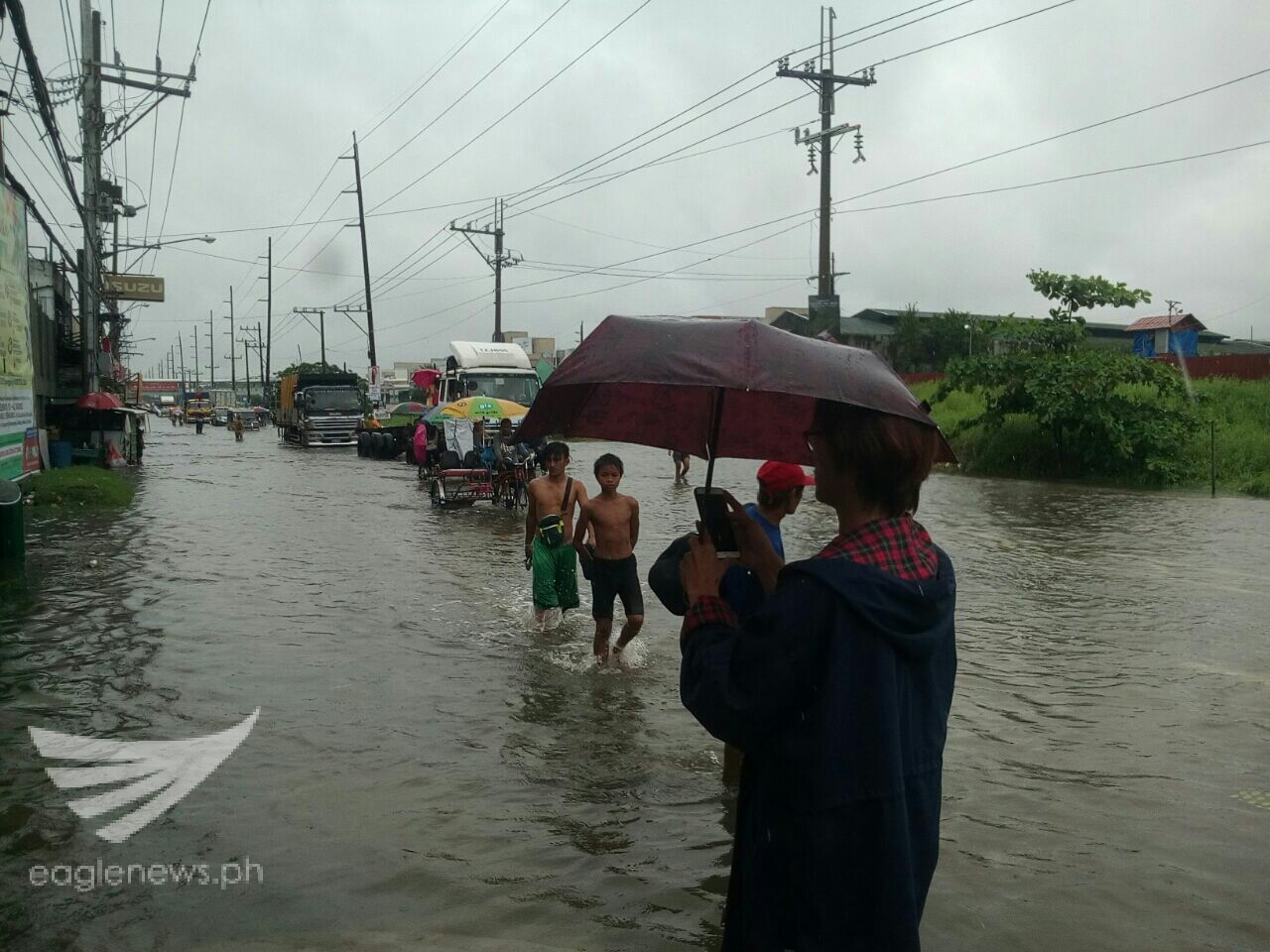
The lenders will put up $207.6 million each for a $500-million project, with the Philippine government footing the balance, the banks said in a joint statement Friday.
Over the next seven years, the government plans to rebuild or construct 56 stations to pump floodwaters from the coastal metropolis of 13 million people, the statement said.
The current system was built for the typhoon-prone metropolis four decades ago.
“Recurrent flooding has made life more difficult for the poorest populations who live in low-lying areas, on riverbanks, and in other danger zones,” said Mara Warwick, World Bank country director for the Philippines.
“The floods disrupt business and commercial activities, causing unnecessary economic costs,” added Supee Teravaninthorn, AIIB director-general for investment operations.
Flooding from Tropical Storm Ketsana wreaked havoc in Manila in 2009, with damage and losses equivalent to around 2.7 percent of the economy, according to the banks.
“The master plan will take 25 years to implement, but this phase of modernizing Metro Manila’s pumping stations will ensure that several million residents will be less vulnerable to floods,” Public Works Secretary Mark Villar said. Agence France Presse







